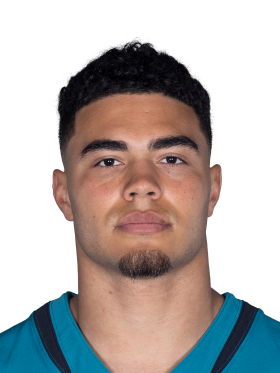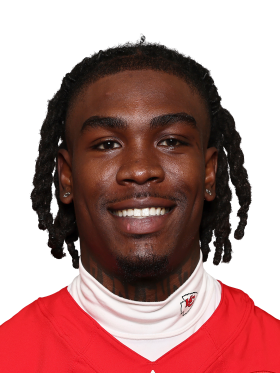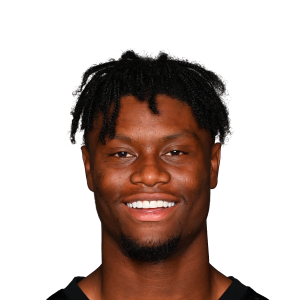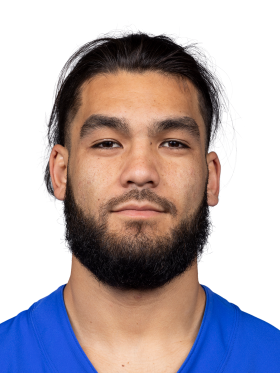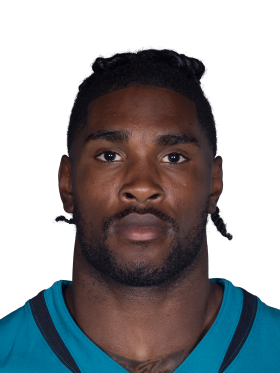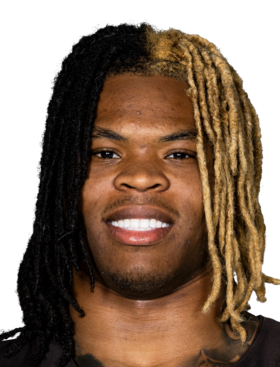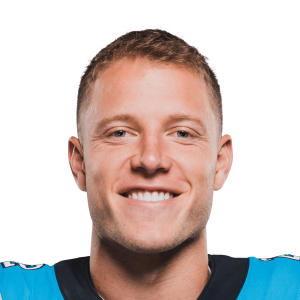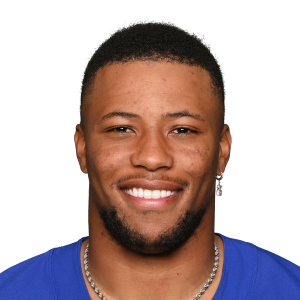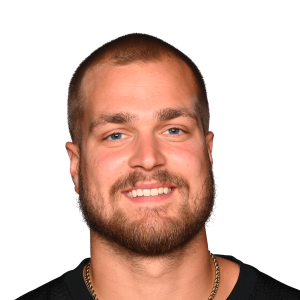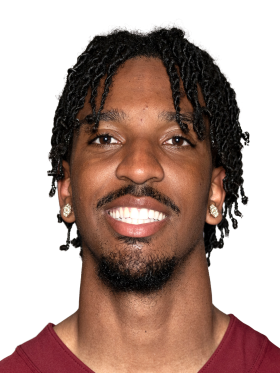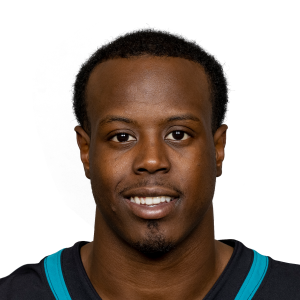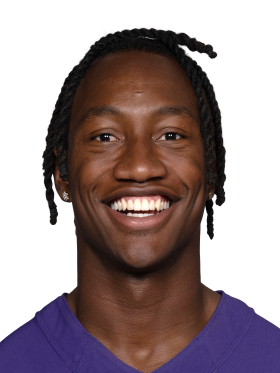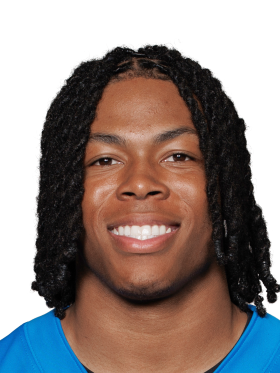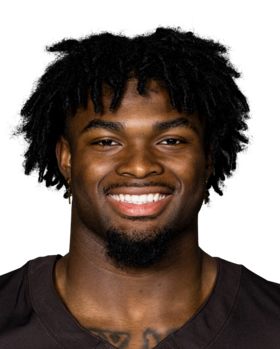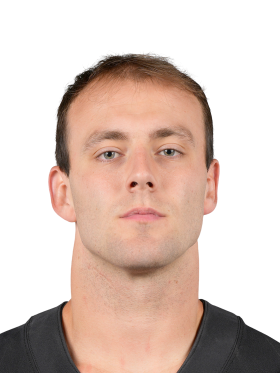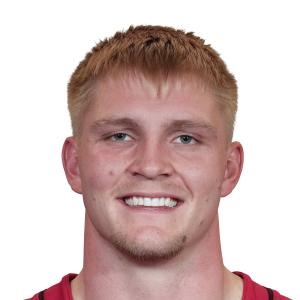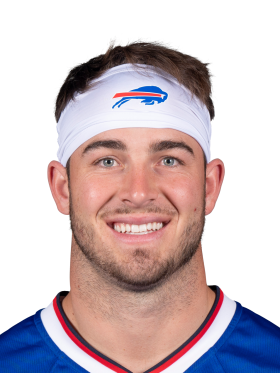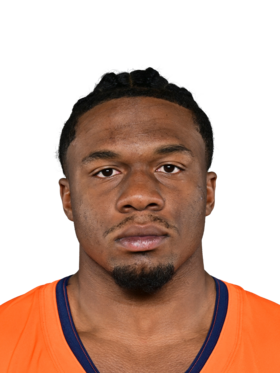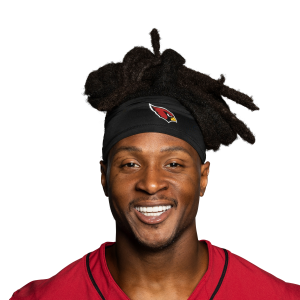274 Taeks
Brenton Strange: Full-time usage makes him startable


NFL Week 1 Preview w/ Rich Hribar 15:51
121 days ago
Rashee Rice: Still worth drafting despite legal timeline


Brutal Snipes & WR Debates In A $2,000 FFPC Draft
144 days ago
Rashee Rice: Avoid due to suspension overlapping playoffs


Brutal Snipes & WR Debates In A $2,000 FFPC Draft
144 days ago
Bucky Irving: Upside three-down role via receiving skills


Brutal Snipes & WR Debates In A $2,000 FFPC Draft
144 days ago
George Pickens: Upside WR breakout candidate in new role


Breakout Hunting: Is George Pickens This Year's Tee Higgins?
145 days ago
Buy TD regression on talented WRs


Breakout Hunting: Can Chris Olave's Talent Overcome Everything Else?
145 days ago
QB upgrade offsets target-share dips


Breakout Hunting: Can Chris Olave's Talent Overcome Everything Else?
145 days ago
Look for 10% route volume upside


Breakout Hunting: Can Chris Olave's Talent Overcome Everything Else?
145 days ago
Prioritize 13% first-read target share


Breakout Hunting: Can Chris Olave's Talent Overcome Everything Else?
145 days ago
Puka Nacua: Draft Puka despite Stafford scare


Huge ADP Risers & Fallers After Preseason Week 1
146 days ago
Breece Hall: Jets script hints at true committee


Huge ADP Risers & Fallers After Preseason Week 1
146 days ago
Tank Bigsby: Not worth 120-range ADP anymore


Huge ADP Risers & Fallers After Preseason Week 1
146 days ago
Tank Bigsby: Downgrade after Etienne–Tooten squeeze


Huge ADP Risers & Fallers After Preseason Week 1
146 days ago
Quinshon Judkins: Midseason debut makes upside extremely unlikely


Huge ADP Risers & Fallers After Preseason Week 1
146 days ago
Tyler Higbee: Zach Ertz-esque cheap volume


Players That Unlock Each Draft Strategy in 2025
147 days ago
Christian McCaffrey: Safest hero RB anchor at current cost


Players That Unlock Each Draft Strategy in 2025
147 days ago
Saquon Barkley: Falling elite runner offers steady weekly floor


Players That Unlock Each Draft Strategy in 2025
147 days ago
Pat Freiermuth: Talent-driven late TE flier despite volume risk


Players That Unlock Each Draft Strategy in 2025
147 days ago
Jayden Daniels: Fourth-round cheat code at elite QB tier


Players That Unlock Each Draft Strategy in 2025
147 days ago
Travis Etienne: Camp signs point to falling workload


Players That Unlock Each Draft Strategy in 2025
147 days ago
Mark Andrews: Ninth-round steal thanks to injury discount


Players That Unlock Each Draft Strategy in 2025
147 days ago
Zay Flowers: Fifth-round ADP ignores route spike upside


Players That Unlock Each Draft Strategy in 2025
147 days ago
Jahmyr Gibbs: True 1.01, perfect hero-RB anchor


Players That Unlock Each Draft Strategy in 2025
147 days ago
Harold Fannin: Free late-round upside TE with 60% routes


Players That Unlock Each Draft Strategy in 2025
147 days ago
Brock Bowers: Touchdown dip creates draft discount


Players That Unlock Each Draft Strategy in 2025
147 days ago
Trey McBride: Elite TE upside if TDs regress


Players That Unlock Each Draft Strategy in 2025
147 days ago
Trey McBride: Grab well ahead of market ADP


Players That Unlock Each Draft Strategy in 2025
147 days ago
Dalton Kincaid: TE eligibility boosts weekly ceiling


Players That Unlock Each Draft Strategy in 2025
147 days ago
Dalton Kincaid: Shakir injury boosts target volume potential


Players That Unlock Each Draft Strategy in 2025
147 days ago
RJ Harvey: Unlocks robust RB builds late-season upside


Players That Unlock Each Draft Strategy in 2025
147 days ago
Cade Otton: Ultra-cheap TE avoids zeros late


Players That Unlock Each Draft Strategy in 2025
148 days ago
Pat Freiermuth: Free TE with proven talent upside


Players That Unlock Each Draft Strategy in 2025
148 days ago
Christian McCaffrey: Safest hero RB anchor in round one


Players That Unlock Each Draft Strategy in 2025
148 days ago
Troy Franklin: Late-round flyer with camp-driven upside


Players That Unlock Each Draft Strategy in 2025
148 days ago
RJ Harvey: Stash Harvey as Dobbins’ likely mid-season replacement


Players That Unlock Each Draft Strategy in 2025
148 days ago
DeAndre Hopkins: Free-square attachment to elite offense


Players That Unlock Each Draft Strategy in 2025
148 days ago
Zay Flowers: Breakout volume jump not priced into ADP


Players That Unlock Each Draft Strategy in 2025
148 days ago
Zay Flowers: Cheap three-man Ravens stack is draft-room cheat code


Players That Unlock Each Draft Strategy in 2025
148 days ago
Jahmyr Gibbs: Hero RB anchor with league-winning upside


Players That Unlock Each Draft Strategy in 2025
148 days ago
Jahmyr Gibbs: Hero-RB anchor worth 1.03 pick


Players That Unlock Each Draft Strategy in 2025
148 days ago
Harold Fannin: Late-round tight end with 60% routes upside


Players That Unlock Each Draft Strategy in 2025
148 days ago
Trey McBride: Could match Amon-Ra if TDs spike


Players That Unlock Each Draft Strategy in 2025
148 days ago
Trey McBride: Elite upside; undervalued among top TEs


Players That Unlock Each Draft Strategy in 2025
148 days ago
Green Bay Packers: Expect pass-heavy scripts due to weak secondary


Players That Unlock Each Draft Strategy in 2025
148 days ago
Brock Bowers: Elite college earner will smash at TE


Players That Unlock Each Draft Strategy in 2025
148 days ago
Keon Coleman: Bills flier with true star ceiling


Players That Unlock Each Draft Strategy in 2025
148 days ago
Dalton Kincaid: Shakir injury boosts TE breakout odds


Players That Unlock Each Draft Strategy in 2025
148 days ago
TreVeyon Henderson: Explosive RB pick despite size doubts


Players That Unlock Each Draft Strategy in 2025
148 days ago
TreVeyon Henderson: Passing-down role gives league-winning upside


Players That Unlock Each Draft Strategy in 2025
148 days ago
RJ Harvey: Late-season hammer for robust RB builds


Players That Unlock Each Draft Strategy in 2025
148 days ago
